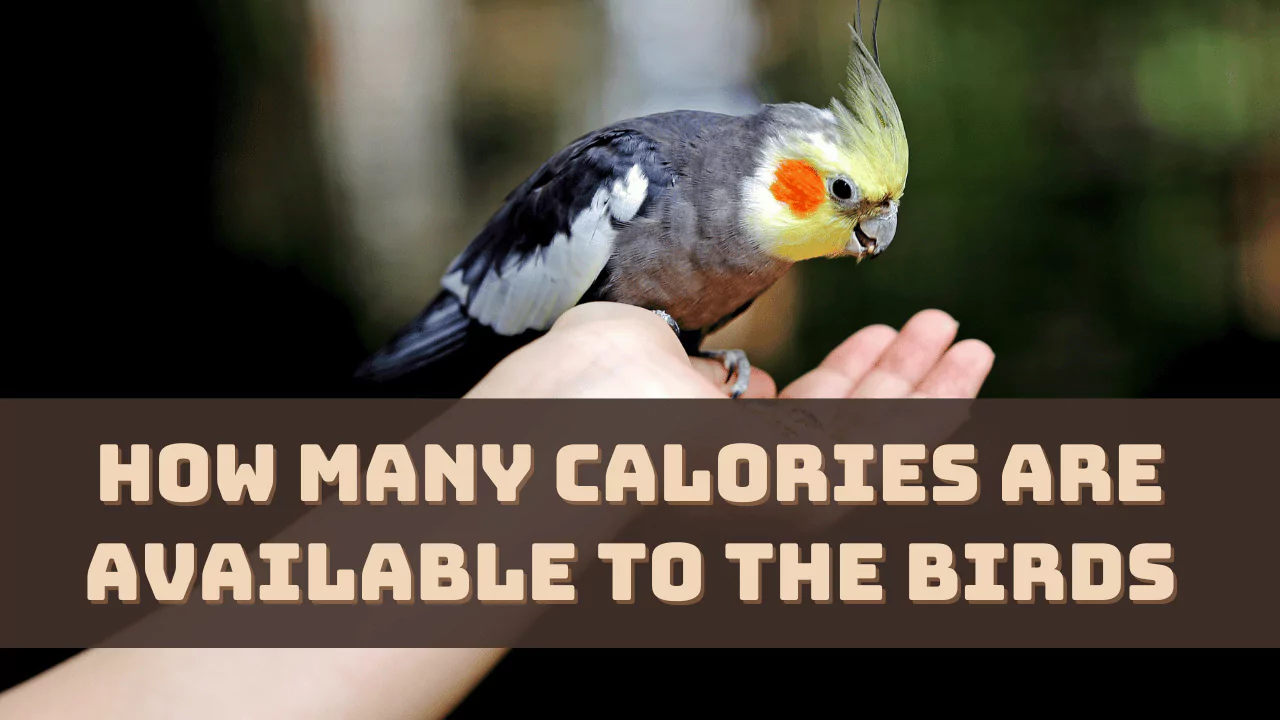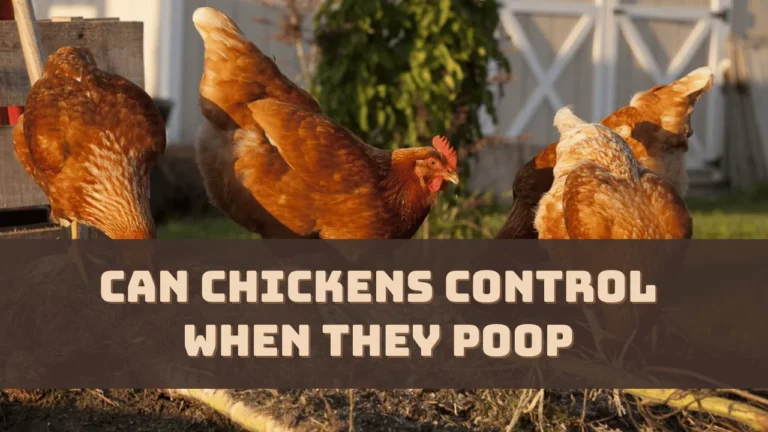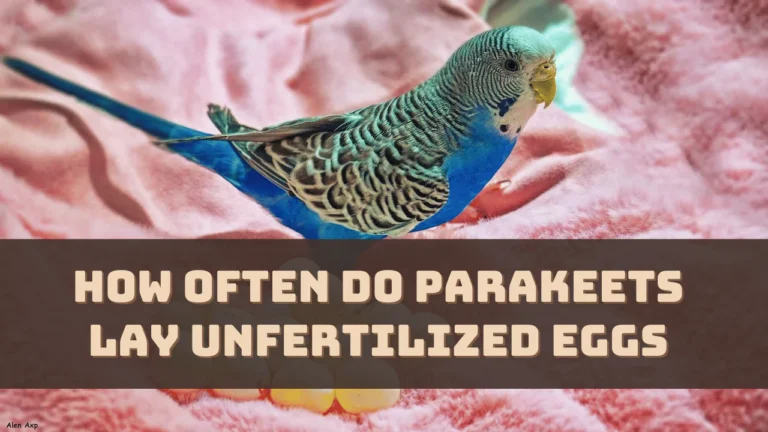The amount of food eaten by a bird in a day varies from one species to another. Certain factors, such as the caloric value of the food, size of the bird, activity level, temperature, environment, habitat, etc., decide how much a bird will eat in a day.
So, let’s dive deep and get to know the caloric intake of different birds.
A chickadee happens to eat 35% of its weight every day, a Blue Jays eat 10% and a Common raven eats 4% of its weight. However, the caloric intakes increase when there is a drop in temperature. In hummingbirds, it has been seen that it can consume 100% of their body weight which includes nectar, every day, and when they need to migrate they double their body weight.
Different Activities by Bird and Energy Requirements
Birds go through different activities and each needs a different level of energy expenditure. Here are the activities listed below:
Flying
Flying is an in general characteristic of a bird and it requires immense energy. While flying a bird involves its flight muscles, feathers, respiratory system and energy to propel themselves up in the air. However, the energy required varies based on bird size, flight speed and distance traveled. Smaller birds need more energy to fly as they have a higher metabolic rate when compared to larger birds. Also, if a bird flies at a higher speed, they need more energy to flap their wings than the ones who prefer to glide.
Hunting
Birds of prey rely on hunting to feed themselves and for that, they need to use visual acuity, auditory sensitivity and maneuverability, which requires enough energy. The amount of energy expenditure is also governed by the different hunting techniques that they apply. Their prey is consumed to replenish the energy that has been spent to catch it.
Mating
The reproductive process requires energy. The courtship process, where males are seen to go through various activities, such as dancing, calling, displaying plumage, etc., demands energy expenditure. Based on the complexity of the courtship and the duration, there can be higher requirements of energy among birds. After mating, when the bird gets involved in building and maintaining the nest, or incubating the eggs, both the birds need to contribute a significant amount of energy. Also, while feeding the offspring, birds need enough energy to forage for food.
Migration
Migration is the most fascinating adoption seen among birds meant for surviving through harsh weather conditions and climatic changes and this requires seasonal movement through vast distances. Thus, birds need to have a high energy reserve right before they take the flight. These energy reserves serve then as fuel that would prepare them through the physical changes a bird’s body goes through, such as muscle mass build-up, body fat, and respiratory capacity to support them throughout the flight.
The energy expenditure, during migration, depends on – whether the bird is traveling individually or in a flock, timing, route, climate, food availability, and breeding requirements. They also need a sufficient amount of energy to overcome the challenges that might come while they are traveling long distances. The energy gained is directly proportional to the abundance of food sources, breeding grounds, and favorable climates.
How Do Birds Meet Different Energy Requirements?
Birds meet their daily energy requirement through various processes, such as –
Metabolic Rate
The energy requirement in birds can be determined through their metabolic rate, which can be divided into three categories, such as – basal metabolic rate (BMR), resting metabolic rate (RMR), and active metabolic rate (AMR).
- Basal metabolic rate (BMR) indicates the minimum energy that is required by the body to sustain all the basic functions of the body when the bird is at rest.
- The resting metabolic rate (RMR) is the additional energy used by a bird while it is resting.
- Active metabolic rate (AMR) is the amount of energy required while the bird is going through any kind of physical activity, such as hunting and flying.
Stored Energy
Birds also know the strategy to store energy in the liver, muscles, and bloodstream, which helps them to fuel their activities when food availability is not adequate. The energy stored in the liver is obtained from the meals and this is used to fulfill the metabolic needs of the bird. The energy stored in the muscle is in the form of glycogen which is converted to glucose when required. The bloodstream helps to transport the energy to different parts of the bird’s body in the form of glucose and fatty acids.
Bird Nutrition – General Consideration
A balanced diet is needed by a bird to gain the nutrients that would help in growth, development and daily functions, which includes protein, carbohydrates, fats, vitamins, minerals and water
Let’s get to understand the general food consideration by birds:
Seed, Fruits and Berries Eating Birds
These birds rely mostly on seeds to gain the necessary fats, proteins and carbohydrates. Along with that they also consume fresh fruits, vegetables and bird pellets if available, which help them to gain essential vitamins and minerals. They also feed on grains, such as wheat and corn found in the field and nuts which are high in fat content.
Nectar Drinking Birds
These birds specialize in eating nectar drinking, such as hummingbirds, which is a sugar-rich liquid that acts as their energy source. They feed on the spa and powder of the plants which are sweet and protein-filled liquid in flowers, providing essential amino acids, carbohydrates and fats. As a supplement, they can be offered with a combination of water and sugar and artificial sweeteners should be avoided as these are harmful to birds.
Insectivores
There are many birds whose primary food source is insects which have high-quality protein, fat and other essential nutrients. They consume live insects such as mealworms and crickets. However, the voice of insects is dependent on habitat conditions, and climatic changes.
Carnivores
These bird species are mostly owls and raptors who feed on meat to get their daily energy supply. They meet their daily nutrient requirement through animal protein. They prey on small animals, reptiles and also fishes.
How Have Birds Adapted to Conserve Energy?
To conserve energy birds have adapted to different behaviors and bodily changes, such as – There is a reduction in body size to minimize energy requirements.
- The shape of the wings has been modified to optimize energy expenditure.
- During low energy availability, birds can adjust to the change in metabolism.
- During inactivity, birds can reduce their metabolic rate, which ensures that they have enough fuel to carry out the essential work.
How do Birds Store Food?
Different species of birds apply unique strategies for food storage to secure their nutritional needs when the food sources become scarce either due to climatic changes or habitat loss.
- Some birds have a crop or expandable esophagus, where they store their food and later regurgitate. They also chew this food to increase the digestion and absorption process.
- Some birds also have the tactics to hoard food supplies and they hide them in various locations so that they can consume them later.
- A group of birds are also seen in stockpiles, which helps them to stay prepared for the winter and also maintain their immunity.
How to Assist Birds to Gain and Conserve Energy?
If you are an avid birdwatcher, then you can support a bird to gain energy by –
Installing Feedings Stations
Often, for birds, it gets difficult to find the appropriate amount of food that would generate the energy required. so, you can install artificial feeding stations, where birds can find different types of food readily available, without much searching. Keep natural food, such as huge nutritious seeds of different varieties, so that a diverse range of birds can get attracted. With time, you can observe, and learn about the different requirements of the birds and based on that modify the feeding station.
Create a Bird-friendly Landscape
You can also conserve birds by creating bird-friendly landscapes. Plant native plants and provide ample food and predator-free shelter. These landscapes can also be modified as a habitat of the bird that can support various bird species.
These bird-friendly spaces would be of much value mostly in urban areas where it is hard to find a shelter for a bird. You can also place bird baths, and nest boxes and provide access to clean water for drinking and bathing. Staying hydrated is equally important for conserving energy among birds.
How Does the Bird’s Body Replenish the Energy?
Sleeping and resting are the prime ways of replenishing energy reserves among birds as the metabolic rate slows down, which allows the bird to conserve energy and also restore it. They also gain additional energy through exposure to sunlight and heat. Most importantly, they get their daily energy from the different sources of food they consume, primarily carrions and other small animals and insects.


![Can Ducks Have Celery? [Explained] 7 Can Ducks Have Celery](https://masterbirds.com/wp-content/uploads/2024/02/can-ducks-have-celery-768x432.webp)

